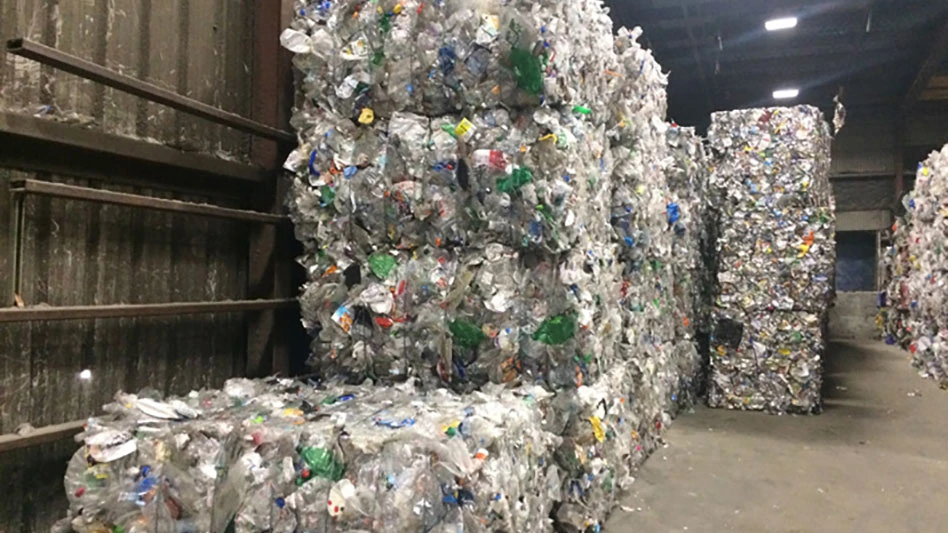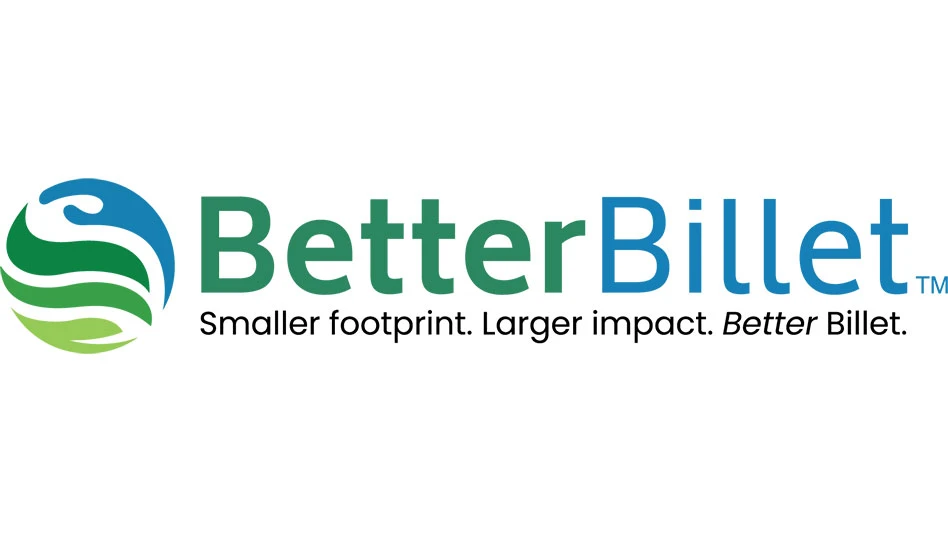BULLS KEEP RUNNING IN THE MARKET
Five years ago, the United States was in the midst of a recession. Today, the economy is running on cruise control. Corporate earnings are steady; interest rates are holding; inflation is in check; and unemployment figures are not rocking the boat. The result is an investment market that has grown increasingly bullish since the U.S. economy began shaking off the recession toward the end of 1990.
In the five years since then, the Dow Jones Industrial Average is up 100 percent, and other indexes are up as well. Some funds have even yielded returns as high as 546 percent during the period. But although the stock market is strong, there are fears that many stocks may be priced too high. For example, the Dow Jones Industrial Average has been trading at more than three times book value this year. That’s the highest since before the stock market crash in 1929.
TRADE DEFICIT WITH CHINA HEADING SOUTH
China’s trade surplus with the United States is growing so fast that it is expected to surpass Japan’s $66 billion trade surplus with the United States by the year 2000. The cause for the surplus is mainly due to companies shifting production of their products to China because of cheap labor and unrestricted operations. Of all the companies doing business in China, the major industries currently involve the making of toys, shoes and electronic gear, such as phones, compact-disk players, stereo equipment and personal computers.
What could China’s work-force be making in the near future? Analysts say the production of autos and the manufacturing of auto parts could be on the horizon as Chinese officials are now trying to court U.S. and European automakers to invest in plants and technology in their country.
But some say due to the high level of standards set by current auto producers, the Chinese may find the auto market tougher to crack.
According to a survey by KPMG Peat Marwick, private-sector medical premiums in the United States are under control, and have, in fact, fallen below the rate of overall inflation. The survey says that wide use by businesses of health maintenance organizations and preferred provider organizations have had a significant impact in keeping costs down. For 1995, corporate health plan premiums increased an average of 2.1 percent, compared to a 3.2 percent rise in overall inflation. In the 1980s, health insurance premiums rose as much as 11.5 percent per year.

Explore the August 2001 Issue
Check out more from this issue and find your next story to read.
Latest from Recycling Today
- GFL opens new MRF in Edmonton, Alberta
- MTM Critical Metals secures supply agreement with Dynamic Lifecycle Innovations
- McClung-Logan Equipment Company joins Tana’s authorized dealer network
- Grede to close Alabama foundry
- Plastics Recycling Conference 2025: Working toward their targets
- SWACO rolls out new commercial recycling and food waste programming
- Updated: Matalco to close Canton, Ohio, plant
- Metso launches electric Anode Weighing and Casting Machine





